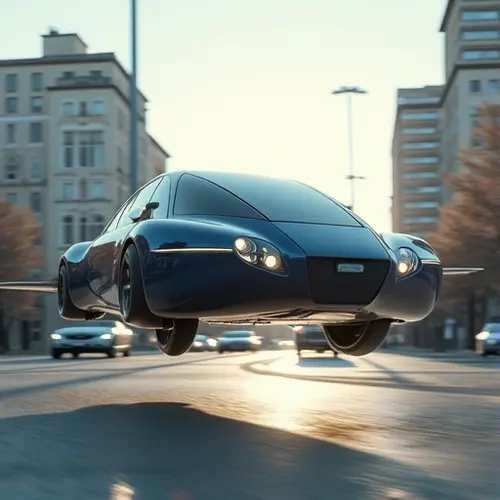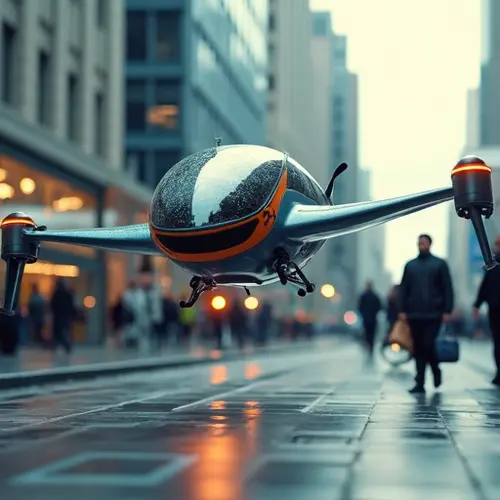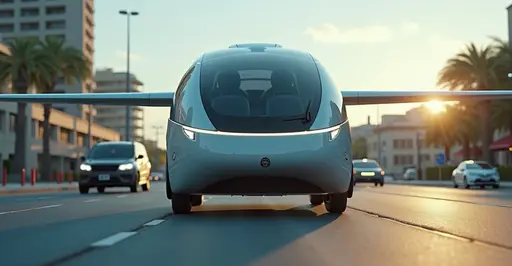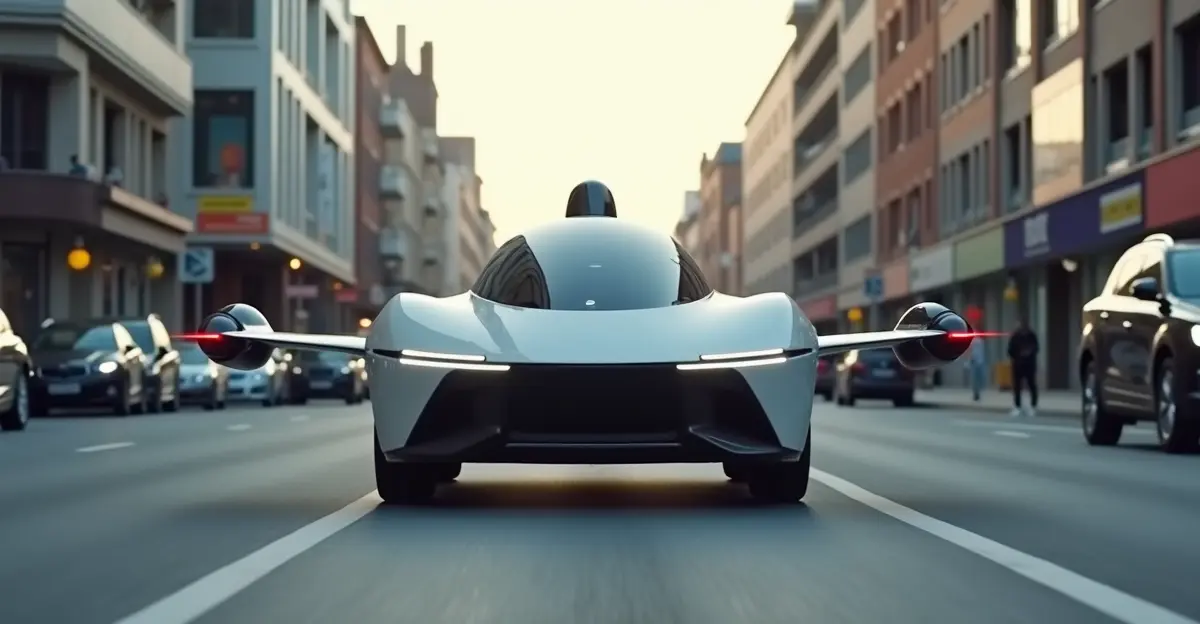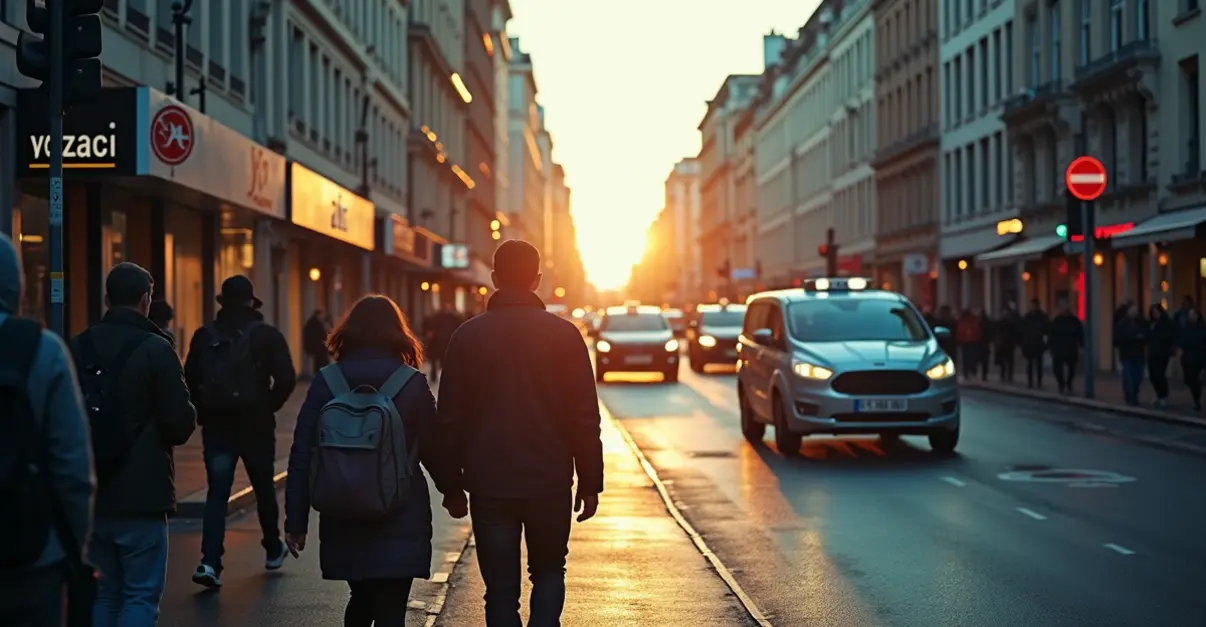South Korea has launched trials for flying taxis in Seoul, leveraging eVTOL technology to combat traffic congestion. The initiative, part of a $250 million deal, aims to make urban air mobility a reality by 2025.
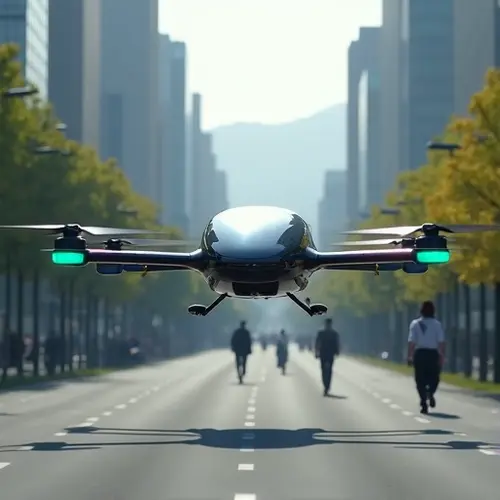
South Korea Trials Flying Taxis in Seoul
Urban air mobility (UAM) is no longer a futuristic dream but a reality in South Korea. The country has begun trials for flying taxis in Seoul, marking a significant milestone in the adoption of advanced air mobility (AAM) technologies. The initiative aims to alleviate traffic congestion in one of the world's busiest cities, where commuters often spend up to 90 minutes daily stuck in traffic.
The Technology Behind Flying Taxis
The flying taxis, also known as electric vertical takeoff and landing (eVTOL) aircraft, utilize multiple electric-powered rotors for lift and propulsion. These aircraft are designed to be highly automated, with fly-by-wire systems ensuring safe and efficient operations. The trials in Seoul are part of a broader $250 million deal, with KakaoMobility investing $7 million to kickstart the service.
Routes and Implementation
Initial routes for the flying taxis include Gimpo-Yeouido and Jamsil-Suseo, with plans to expand the network based on the success of the trials. The service is expected to be fully operational by 2025, offering commuters a faster and more sustainable alternative to ground transportation.
The Future of Urban Air Mobility
South Korea's initiative aligns with global trends in UAM, where cities like New York and São Paulo have already experimented with helicopter-based air taxi services. The integration of eVTOL aircraft into urban transport systems could revolutionize how people commute, reducing travel time and carbon emissions.

 Nederlands
Nederlands
 English
English
 Français
Français
 Deutsch
Deutsch
 Español
Español
 Português
Português




